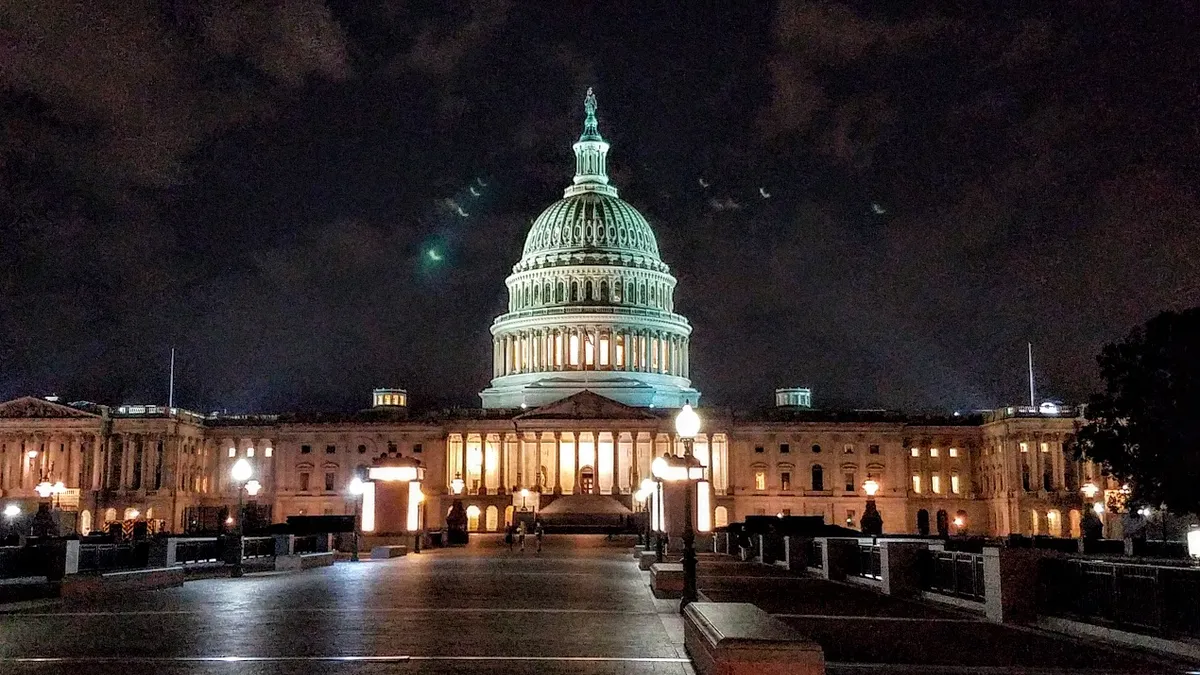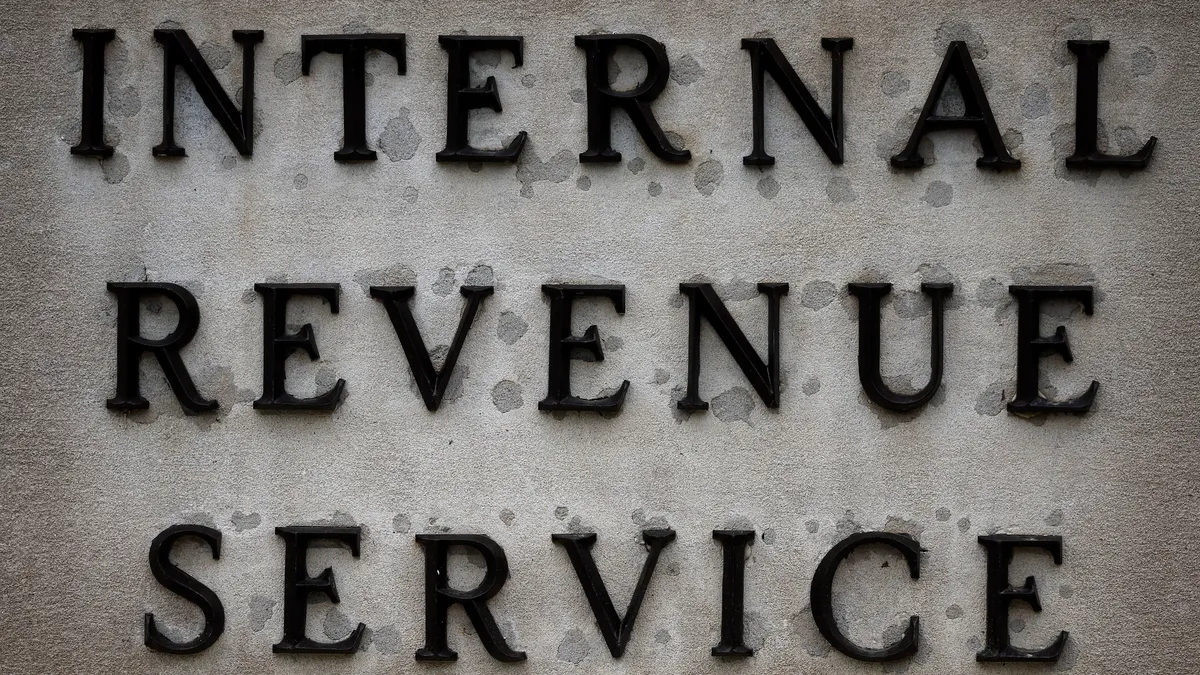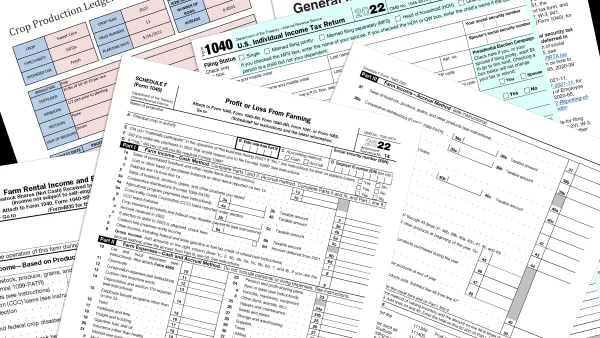The Small Business Administration is expected to make grants to restaurants quickly under the industry's $28.6 billion set-aside from the $1.9 trillion stimulus law enacted last week.
The goal is for money to flow "in weeks, not months," Rep. Earl Blumenauer (D-Ore.) said on a media call last week. His bill, The Restaurants Act, served as the model for the Restaurant Revitalization Fund in the new law.
Although it's the biggest funding set-aside in the stimulus package, the grant program will only help offset about 10% of the losses the restaurant industry has sustained since the start of the pandemic.
"I wish [the funding] happened earlier, honestly, because I definitely know some folks that have thrown in the towel," Steve Hooper, president of Ethan Stowell Restaurants and board member of the Seattle Restaurant Alliance, said. "Emotionally they were just over it."
As of Dec. 1, more than 110,000 restaurants — or 17% of the country's foodservice establishments pre-pandemic — were closed temporarily or permanently, according to National Restaurant Association data.
Grants are expected to be available through at least September, Senate Majority Leader Chuck Schumer (N.Y.) has said.
Who is eligible
For the first three weeks of the grant program, the SBA will prioritize distributing funds to restaurants owned by women, veterans or are otherwise socially and economically disadvantaged. For the first two months of the program, $5 billion of the $28.6 billion fund will be reserved for restaurants with less than $500,000 in annual revenue for 2019. The SBA Administrator can also create additional allocation tiers.
The Restaurant Revitalization Fund is designed to cover a restaurant's total revenue losses, and will only distribute grants to restaurants that can demonstrate loss. Here’s how to calculate the loan amount your business is eligible to receive, according to the IRC:
-
Established restaurants: (2019 revenue) − (2020 revenue + PPP loans)
-
Restaurants opened in 2019: (12 × 2019 revenue ÷ months open in 2019 ) − (2020 revenue + PPP loans)
-
Restaurants opened in 2020: Can receive funding equal to eligible expenses incurred
Restaurants, bars, caterers, brewpubs, taprooms and tasting rooms are eligible so long as they are not part of an affiliated group with more than 20 locations and are not publicly traded. This does not exclude restaurant franchisees, Polmar said, who qualify as small business owners. There will also be caps on private equity investment.
How to apply
The SBA will need to take time to set up rules for the program before making applications available, Polmar said on the call.
Loan amounts + use cases
Individual restaurants can receive up to $5 million each, while restaurant groups can receive up to $10 million each. This money can be used in tandem with both PPP rounds, COVID-19 Economic Injury Disaster Loans and the Employee Retention Tax Credit.
The grants can be put toward payroll and benefits excluding employee compensation above $100,000 annually; mortgage (no prepayment); rent (no prepayment); utilities; maintenance; supplies including personal protective equipment; food, operational expenses; sick leave; covered supplier costs as defined by the SBA under PPP and any other costs considered essential by the SBA.
Grants can be spent on eligible expenses from Feb. 15, 2020 through Dec. 31, 2021. The SBA may extend this period to two full years "if conditions warrant."
This money must be used by the end of 2021. If funding is misused or restaurants have leftover money from their grants, it will be returned to the federal government, Polmar said.
"We know much more work needs to be done. There is a $1 trillion supply chain for independent restaurants that we need to work to strengthen," Blumenauer said. "And we need to work with the IRC, the White House, the Small Business Administration, to ensure that this program reaches our hardest hit local restaurants. We worked hard to put protections for our smallest institutions in this, but we're going to have to work hard to make sure that those guardrails are respected."
Stimulus help
The stimulus package's $1,400 checks to households are expected to help restaurants, too. Though the checks will help a smaller pool of Americans than previous distributions — individuals earnings more than $80,000 will be excluded, while previous stimulus packages gave benefits to taxpayers making up to $99,000 — this should still spark more restaurant spending.
Bloomberg Intelligence estimates these stimulus payments could raise restaurant sales by low-to-mid single digits for up to seven weeks. By comparison, the $600 checks distributed most recently increased casual dining sales by 3% and fast food sales by 5% for roughly three weeks.
Many restaurants are also likely pleased the $15 minimum wage and proposal to abolish the tip credit, which were components of the House's version of the package, were not included. In a February NRA survey, a majority of operators reported that the Raise the Wage Act would force them to slash jobs (84%), reduce employee hours (84%), cut benefits (75%), raise menu prices (98%) and implement labor-saving technology (65%).
Julie Littman contributed to this article.






















